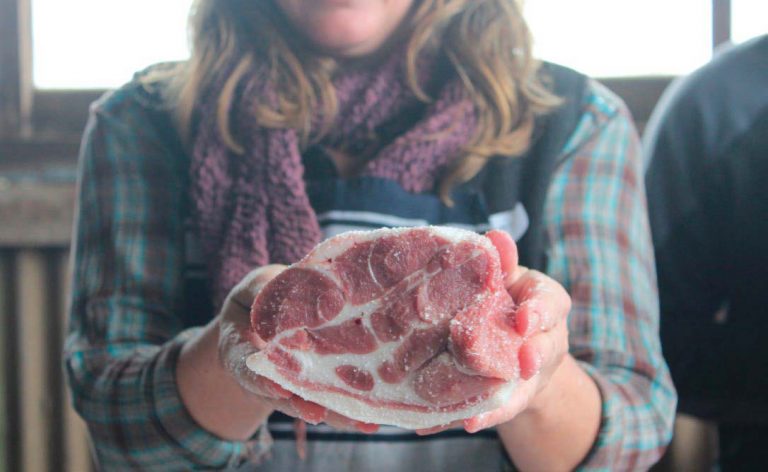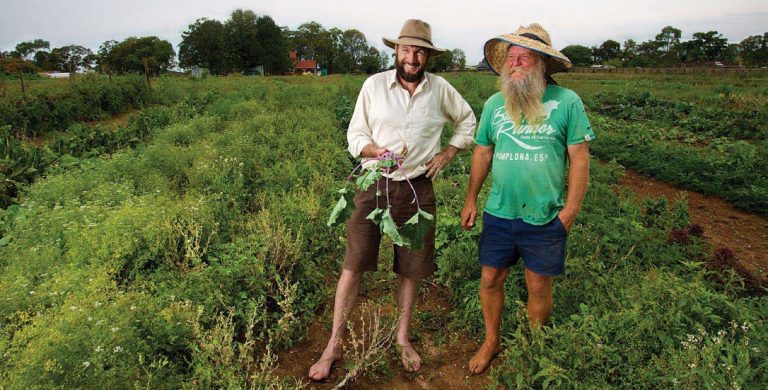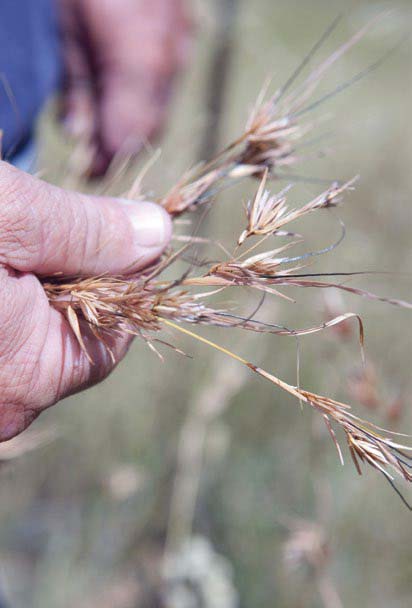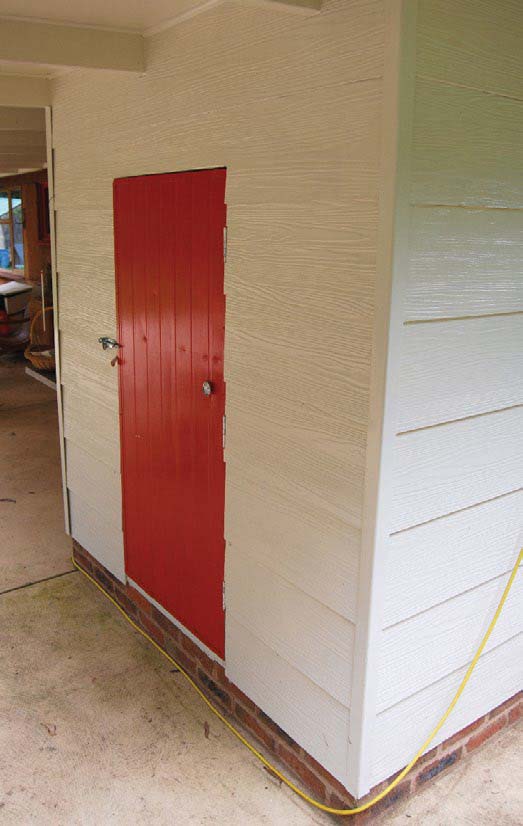Food That Connects

Why does a tomato plucked straight off the bush in your own backyard taste so much better than one from the supermarket? Why does an egg laid moments ago by Henrietta just outside your kitchen window look, taste and even feel better than one from a carton of supermarket eggs?
Beyond the romance and deep pleasures of hands in soil, and the joy of sweet red orbs grown from tiny seeds that you thumbed into your garden beds and nurtured daily, freshness clearly also plays a part.
A supermarket tomato can be weeks old before it makes it onto your chopping board. And, because of that time between harvest and table, the fruit is picked unripe to survive its long journey to a household, through countless refrigerated storage points: chiller to truck, to chiller, to truck, to supermarket shelf, to bag, to home.




